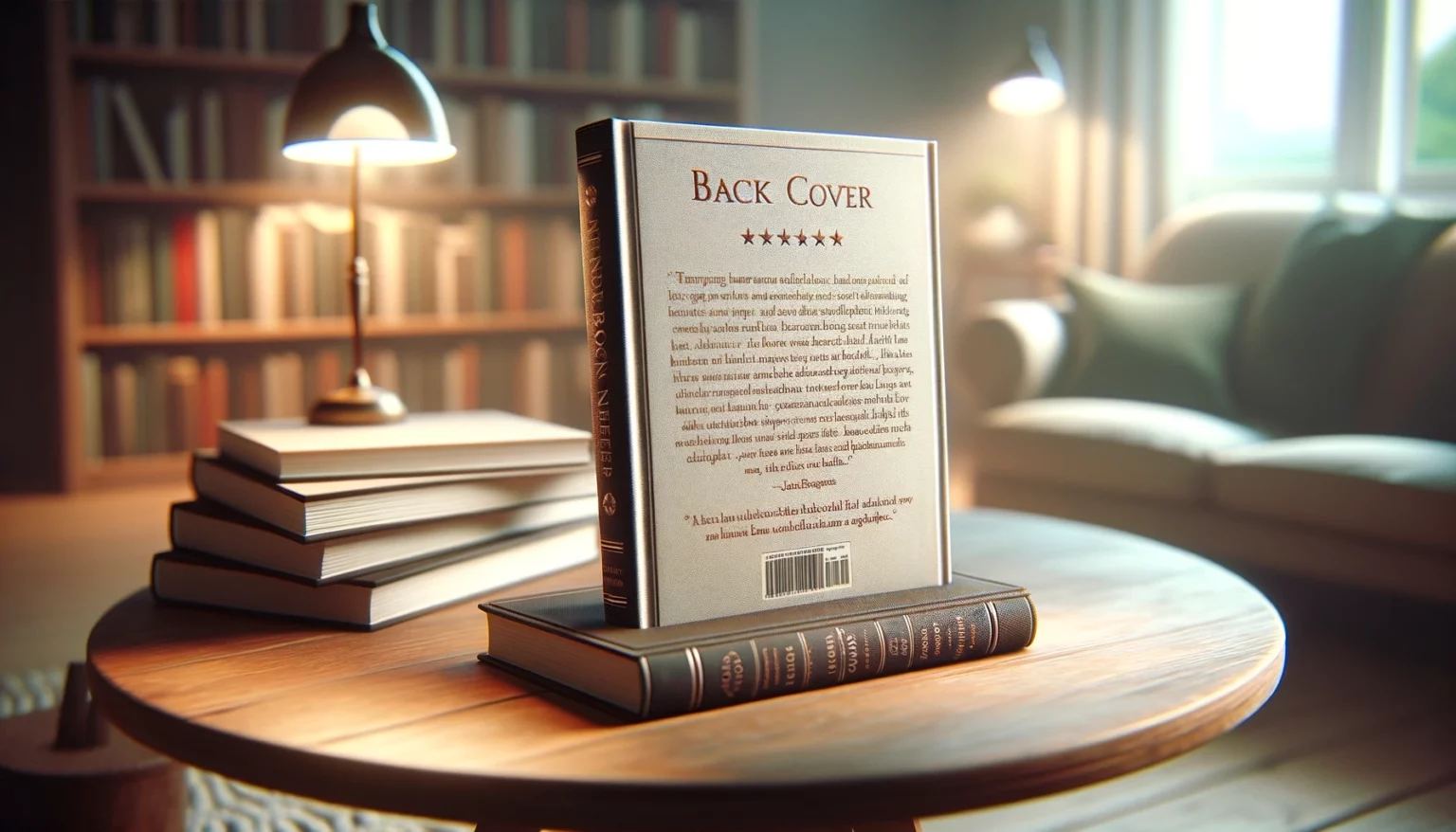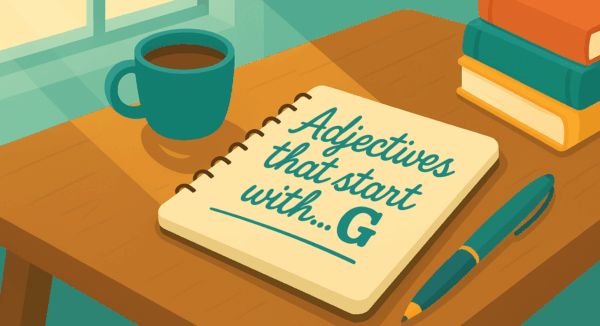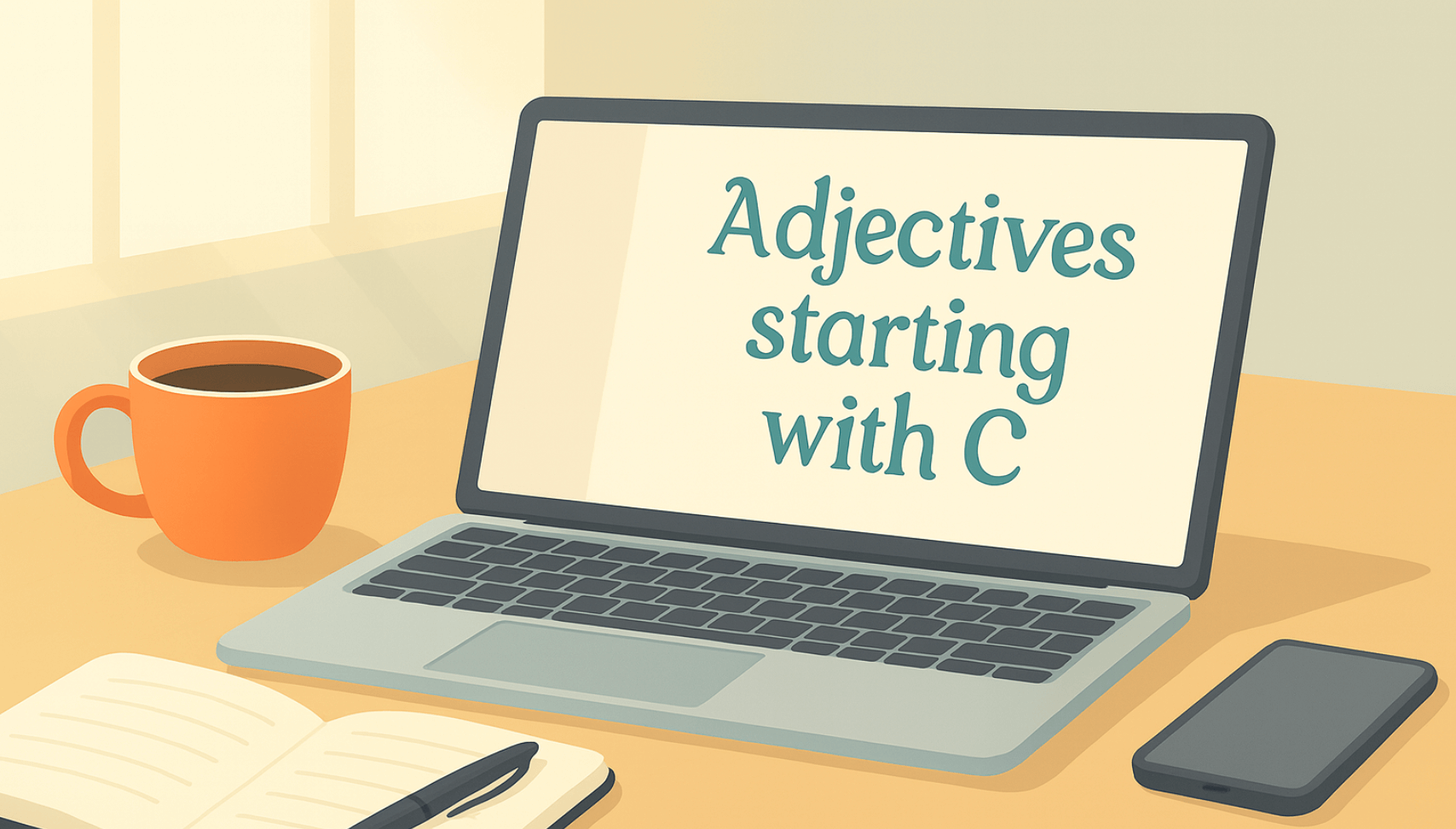Back cover blurbs are a critical component of any book’s marketing strategy. These concise pieces of text serve as the bridge between potential readers and the content within the pages. They are the first glimpse into the world you’ve created or the knowledge you’re eager to share. In the competitive world of book sales, they are your book’s sales pitch—a captivating hook that can make the difference between your book being chosen or overlooked.
In this article, we’ll explore the key elements of an effective back cover blurb and the strategic use of relevant keywords. By the end, you’ll possess the knowledge and tools to craft back cover blurbs that enthrall readers, spark their curiosity, and boost book sales.
Understanding Back Cover Blurbs
Back cover blurbs are summaries or descriptions of a book’s content, usually found on the book’s back cover or dust jacket. They are designed to provide potential readers with a snapshot of what to expect from the book’s narrative, theme, or subject matter. In essence, back cover blurbs serve as teasers, intriguing readers and enticing them to open the book and explore further.
The primary purpose of a back cover blurb is to captivate the reader’s attention and spark their interest. Unlike other elements on the book cover, such as the front cover image or title, which focuses on aesthetics and branding, the back cover blurb dives deeper into the book’s content. It acts as a gateway to the story or the information within the pages, giving readers a glimpse of the world they are about to enter or the knowledge they are about to acquire.
In essence, blurbs serve as the first connection between the book and its potential reader. They act as a vital tool in making the reader’s decision – whether to invest their time and interest in the book or move on to another option. Therefore, mastering the art of crafting compelling back cover blurbs is essential for any author or publisher seeking to engage their audience effectively.
Your Publishing Journey Awaits – Start NowElements of a Back Cover Blurb
A well-crafted back cover blurb is a delicate balance of art and science, a concise masterpiece designed to captivate readers at a glance. To achieve this, it’s essential to understand the key components that make up an effective blurb. Let’s delve into these elements that should adorn the back cover of your book:
The Hooking First Sentence:
Your back cover blurb should kick off with a gripping first sentence that instantly grabs the reader’s attention. It’s the gateway to your story or subject matter, so make it intriguing, compelling, or even mysterious. This sentence should draw readers in and make them eager to learn more.
Introduction of the Main Character(s):
For fiction, introducing the main character(s) is crucial. Readers need to connect with the protagonist and get a sense of who they are. For nonfiction, it’s about establishing the author’s authority and expertise in the subject matter. A personal or professional introduction sets the stage for what follows.
The Main Conflict or Plot Points:
Provide a glimpse of the central conflict or key plot points. In fiction, tease the challenges and obstacles the main character(s) will face. In nonfiction, highlight the central ideas or questions the book addresses. This is where you intrigue most readers and pique curiosity.
A Hint of the Book’s Genre:
Convey the genre or category of your book, but do it subtly. Use language and tone that align with the genre while avoiding clichés. Whether it’s romance, mystery, self-help, or historical fiction, give readers a taste of what to expect.
A Call to Action for Potential Readers:
End your blurb with a clear call to action. Encourage readers to take the next step, which is to buy and read the book. Use phrases like “Don’t miss out,” “Discover the secrets,” or “Join the adventure” to prompt action.
The Importance of Brevity and Concise Writing
While all these components are essential, brevity is key. A blurb is not the place for lengthy exposition or detailed plot summaries. Keep your writing concise and to the point. Every word should serve a purpose and contribute to the overall impact.
Readers often scan blurbs quickly, so every sentence should matter. Aim for clarity and economy of words. Use vivid language that paints a clear picture without getting bogged down in excessive detail.

Writing an Effective Back Cover Blurb
Crafting an engaging back cover blurb is an art form that can significantly impact your book’s success. To help you master this skill, here are some practical tips that can make your blurb and back book cover stand out:
Using Short Sentences and Paragraphs: Short and snappy sentences create a sense of urgency and maintain the reader’s interest. Similarly, break up your blurb into brief paragraphs. This not only makes it visually appealing but also easier to digest.
Focusing on the Main Conflict, Not Too Many Plot Points: A common mistake is trying to summarize the entire plot in the blurb. Instead, focus on the central conflict or the key events that drive the story forward. Tease readers with enough information to intrigue them but not so much that it feels overwhelming or confusing.
Writing in the Third Person: Back cover blurbs are typically written in the third person, even if your book is told in the first person. This creates a bit of distance and adds a professional tone to your description. It’s also more accessible to readers who may not resonate with a first-person perspective.
Providing Only Enough Details to Pique Curiosity: Leave some things to the imagination. Your blurb should raise questions and create a desire to find out more. Offer just enough information to make readers curious about the characters, the plot, or the ideas explored in your book.
Your Publishing Journey Awaits – Start NowNow, let’s examine some examples of well-crafted blurbs from bestselling books:
Example 1 – “The Da Vinci Code” by bestselling author Dan Brown
– “A murder in the silent after-hour halls of the Louvre Museum reveals a sinister plot to uncover a secret that has been protected by a clandestine society since the days of Christ. The victim, a high-ranking curator, is found positioned precisely as the Vitruvian Man. An ingenious code is engraved alongside the body, leading to renowned symbologist Robert Langdon. As Langdon deciphers the code, he uncovers the key to a series of puzzles that become a trail of clues to some of the world’s most famous art.”
Example 2 – “Gone Girl” by Gillian Flynn
– “On a warm summer morning in North Carthage, Missouri, it is Nick and Amy Dunne’s fifth wedding anniversary. Presents are being wrapped and reservations are being made when Nick’s clever and beautiful wife disappears. The police immediately suspect Nick. Amy’s friends reveal that she was afraid of him, that she kept secrets from him. He swears it isn’t true. A police examination of his computer shows strange searches. He says they weren’t made by him. And then there are the persistent calls on his mobile phone.”
These examples of non-fiction showcase how effective blurbs engage readers by providing a glimpse of the central conflict and raising intriguing questions. They are concise, written in the third person, and leave readers eager to delve into the full story. Studying well-crafted blurbs from successful books can offer valuable insights into the art of blurb writing and inspire your creative process.
Tailoring the Blurb to Your Target Audience
Understanding your potential readers is a critical aspect of crafting an effective back cover blurb. Your blurb serves as the initial connection between your book and your audience, making it essential to align it with their expectations and interests.
To do this, begin by identifying your target audience. Who are the readers you want to attract? Consider factors such as age, gender, interests, and preferences. For example, a blurb for a mystery novel aimed at adult readers will differ significantly from one targeting young adult fantasy enthusiasts.
Once you have a clear picture of your target audience, tailor your blurb to resonate with them. Speak their language, address their concerns, and highlight elements of your book that are most likely to appeal to them. If your book offers a unique perspective on a popular topic, emphasize that. If it’s a heartwarming story, convey the emotional journey within.
In essence, your blurb should act as a magnet, drawing in the readers who are most likely to connect with your book. By understanding your potential audience and crafting a good blurb that speaks directly to them, you increase the chances of not only attracting their attention but also converting them into avid readers of your work.
Author Bio on the Back Cover
The author bio on the back cover of a book plays a crucial role in book descriptions. It offers readers valuable insights into the person behind the words, establishing a connection and credibility. Here’s how to craft an effective and relevant author bio for the back of a book cover:
Relevance: Focus on aspects of your background or experience that are directly related to the book’s content. Highlight expertise, awards, or qualifications that lend authority to your subject matter.
Brief and Engaging: Keep your bio concise, typically around 50-100 words. Highlight key achievements and notable works. Use an engaging tone that reflects your writing style and personality.
Connect with Readers: Share personal interests or experiences that connect with the themes or topics of your book. This helps readers relate to you on a personal level.
Include Credentials: Mention any relevant degrees, certifications, or professional affiliations that add credibility to your expertise.
Third-Person Perspective: Write your author bio in the third person to maintain a professional tone.
Remember, your author bio is an opportunity to build trust with readers and entice them to dive into your work. A well-crafted bio can make a significant difference in their decision to choose your book.
Your Publishing Journey Awaits – Start NowThe Cover’s Role in Book Sales
The synergy between the back cover blurb and the book cover is a powerful driver of book sales. The book cover is the first thing potential readers see, and it’s often what draws them in initially. A compelling cover should reflect the book’s genre, mood, and tone, giving readers a sense of what to expect. It creates the initial attraction.
Once the cover has captured their attention, the back cover blurb takes over, offering a glimpse into the story or content. The blurb complements the cover by providing a verbal hook that reinforces the visual intrigue. It’s the vital bridge between curiosity and commitment.
The cover and blurb work in tandem to engage readers. A well-designed cover paired with a captivating blurb creates a synergy that not only hooks readers but also instills confidence that the book will deliver on its promise. In the competitive world of book sales, this partnership can be the key to capturing the reader’s imagination and driving them to explore your book further.
Additional Tips for Nonfiction Authors
Crafting an effective back cover blurb for nonfiction books presents unique opportunities and challenges. Here are some specific tips to help nonfiction authors create compelling blurbs:
- Highlight Expertise: Clearly convey your expertise on the subject matter. Mention your qualifications, years of experience, or any relevant credentials that establish you as a trusted authority.
- Emphasize Benefits: Explain how readers will benefit from your book. What knowledge, insights, or solutions will they gain? Focus on the practical value your book offers.
- Incorporate Personal Experience: Share personal anecdotes or experiences related to the book’s award-winning author’s topic. These real-life examples can make your blurb relatable and show readers that you have firsthand knowledge.
- Address the Problem: If your nonfiction book addresses a specific problem or challenge, highlight it in the blurb. Clearly define the issue and hint at the solutions or guidance provided in your book.
- Use Compelling Language: Craft your blurb carefully with engaging and persuasive language. Convey enthusiasm for your subject matter and the transformative potential of your book.
- Connect with the Reader: Appeal to the reader’s emotions and needs. Show empathy for their situation or curiosity about the topic, and indicate how your book addresses these emotions or curiosities.
Remember that the goal of your nonfiction blurb is to convey the unique value of your book and why readers should invest their time in it. By combining your expertise with relatable personal experiences and a clear focus on benefits, you can create a full book blurb that resonates with your target audience and compels them to pick up your book.
Using AI in Blurb Creation
AI has ushered in a transformative era in the realm of book marketing by fundamentally altering the way we create captivating book blurbs. Its capabilities in analyzing content, understanding audience preferences, and generating persuasive narratives have revolutionized the age-old art of crafting compelling book descriptions.
Take Spines, for example, a publishing platform where they harness AI’s capabilities to streamline the publishing process. AI-driven tools craft multiple versions of book descriptions until the perfect one emerges. Best of all, you can access this powerful resource when you sign up for free. It’s a testament to AI’s ability to streamline and enhance the art of creating captivating book blurbs, making it a valuable tool for authors and publishers seeking to hook readers and boost book sales.
Your Publishing Journey Awaits – Start NowConclusion
Crafting an effective back cover blurb is a skill that can significantly impact your book’s success. By focusing on elements like a captivating first sentence, and the main book’s conflict, and tailoring it to your target audience, you can create a compelling sales pitch that draws readers in. Remember, your blurb is the bridge between your book and its potential readers, and it plays a vital role in the competitive world of book marketing. A well-crafted blurb can be the difference between your book being picked up or passed over, making it an essential tool for authors and publishers alike in driving book sales and connecting with readers.








